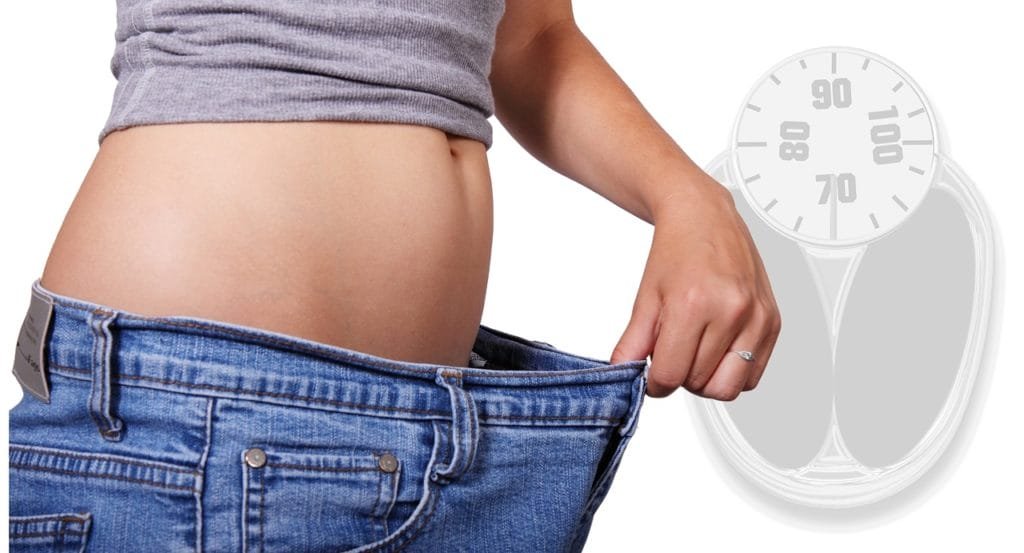This will give you the basics of a healthy diet plan for weight loss, for once you have a handle on those a healthy diet plan it is not that complicated.
What does complicate matters are the abundance of conflicting advice that we receive from all corners, and much of it, unfortunately, has no basis.
Provided you do not have any special dietary requirements or are under medical supervision, here is what everyone needs to know for a healthy diet plan for weight loss.
A Healthy Diet Plan Starts With Good Habits
When you start your trek for living a healthy diet plan, develop healthy habits such as always eating a nutritious breakfast every morning, eating more fruits and vegetables, and only have on hand nutritious foods for snacking, as everyone needs to snack occasionally.
Another good habit for a balanced diet is to eat smaller meals throughout the day to avoid overloading the system.
While you’re at it, break five unhealthy habits such as giving up sugar (you get enough through healthy foods), eating smaller portions, and don’t keep any junk foods on within reach.
Also, get into the habit of being more physically active. This can be done by walking the stairs instead of taking the elevator, taking walks regularly after dinner, and walking short trips instead of driving.
What Foods are Allowable for a Healthy Diet Plan
Calorie-Controlled Snacks – Snacks in smaller portions with at least some nutritional benefits, including some protein and fiber to give the snack substance.
Rotisserie Chicken – It can be used in many forms, including salads, casseroles, or pasta dishes, as well as a meal itself. Chicken is a healthy meat option, and the method of which is cooked renders much of the fat out during the cooking process.
Vinegar and Flavored Mustards To add some pizzazz to your food that is few in calories, foods like garlic, ginger, honey, tarragon, balsamic, herbs, or apple vinegar can be used in the place of mayonnaise, oil or butter in many recipes.
Water – Still tops in healthy drinks, and there are many calorie-free options such as flavored waters. Green and herbal teas, as well as coffee, are virtually calorie-free options.
Healthy Fast Food – It is commonly thought, and this goes back to the conflicting advice, that anything fast foods are a diet-crusher. But it doesn’t have to be if you know what to buy, and there are options.
Quiznos’s Flatbread Sammies without cheese and dressing (less than 250) calories, Taco Bell’s Fresco-style items (less than 180 calories), McDonald’s Southwest grilled chicken salad without dressing (290 calories), and Subway’s six gram of fat or fewer subs (230-380) calories are great options, and taste good as well. (not favorable tips)
Lean protein – Low-fat protein can be found in eggs, skinless poultry, nuts, shrimp, crab, fish, and lean cuts of meat. Just trim the fat and watch your portions. You can try beef jerky as a snack option, it’s rich in protein and it aligns with your dietary needs. Understanding if beef jerky is gluten-free can help you make informed choices
Whole Grains– These fill you up because of the fiber and don’t forget another source of whole grain: fat-free popcorn.
Fruits and Vegetable – Both are great, and especially with green veggies, you can eat almost as much as you want. Whole fruits are a great source of fiber, and many dieticians believe your fruit intake should be until two PM, with vegetables more for noon and later.
There are an endless variety of healthy food options for a healthy diet plan, but it starts with getting into habits that make healthy eating routine.
A clean eating meal diet is one that provides the body with ample nutrients, then supports your delivery system, that is, a liver and bloodstream that are unencumbered with toxins and excess fats and allows those nutrients to be delivered to the cells effectively. With that in place, you will be able to lead a healthy and vigorous lifestyle.

